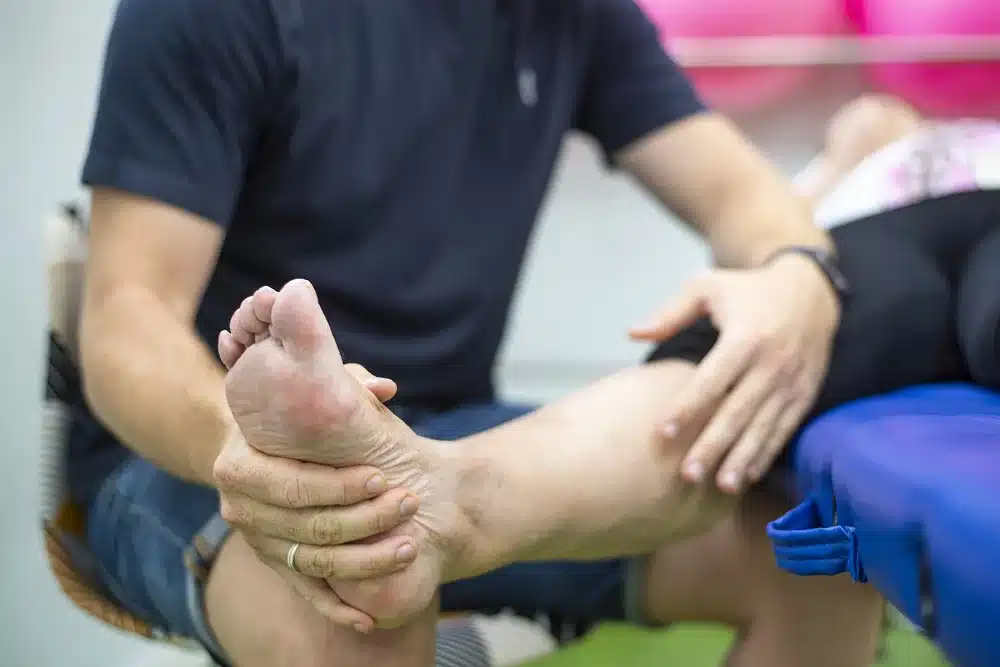Neuromuscular rehabilitation is not just a complex medical term; it is a hope, a pathway to a better quality of life for those facing challenging diseases. But how can a rehabilitation programme really transform the life of someone with a condition as severe as muscular dystrophy or multiple system atrophy? Read on to discover how these programmes are designed not just to treat, but to transform.
What is Neuromuscular Rehabilitation?
Neuromuscular rehabilitation is a therapeutic approach aimed at improving the function and mobility of people suffering from conditions affecting the muscles and nerves. This type of rehabilitation focuses on optimising the patient’s ability to function in daily life, reducing symptoms and improving quality of life.
Coping with Muscular Dystrophy and Multiple System Atrophy
Muscular Dystrophy
Muscular dystrophy is a group of diseases that cause progressive loss of muscle strength. Sufferers experience a gradual weakening of muscles, which eventually affects their ability to perform everyday activities.
Multiple System Atrophy
On the other hand, multiple system atrophy is a progressive disease that affects multiple parts of the body, including the nervous system and muscle movement. People with this condition face even greater challenges as it affects several body systems simultaneously.
Key Elements of a Neuromuscular Rehabilitation Programme
Personalised Assessment
Every neuromuscular rehabilitation programme begins with a comprehensive assessment. This step is crucial because every person is different and needs a plan tailored to their specific needs.
Physical and Occupational Therapies
These therapies are cornerstones of neuromuscular rehabilitation. Physical therapy helps maintain muscle strength and flexibility, while occupational therapy focuses on improving the patient’s ability to perform daily activities.
Advanced technology
In some cases, technology plays a vital role. Equipment such as exoskeletons or assistive devices may be integrated into the programme to help patients move around and gain independence.
Psychological support
We cannot forget the emotional impact that these diseases can have. Psychological support is an integral part of the rehabilitation process, helping patients cope with their challenges in a positive and resilient way.
How Can These Programmes Transform Patients’ Lives?
Imagine being able to perform tasks that once seemed impossible, such as walking to the park or simply getting dressed without assistance. That’s what a well-structured neuromuscular rehabilitation programme aims to achieve. It’s not just about improving muscle strength, it’s about regaining independence and dignity in everyday life.
Conclusion
Neuromuscular rehabilitation programmes offer more than just medical treatment; they offer an opportunity to reclaim a full and active life. If you or someone you know is facing a condition such as muscular dystrophy or multiple system atrophy, consider how a neuromuscular rehabilitation programme could be the first step towards a better quality of life.
The question now is, are you ready to discover how these programmes can be tailored specifically for you or your loved ones? Continue to explore and learn more about your options and available resources.
Leave us your data to start your treatment







